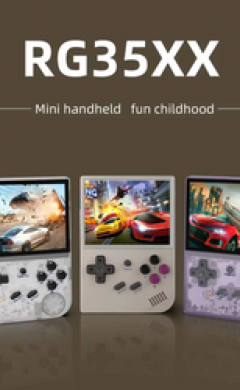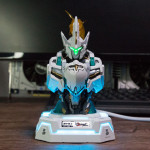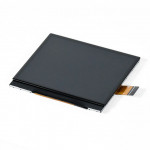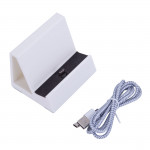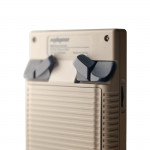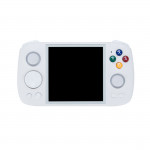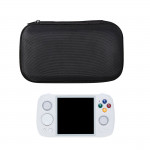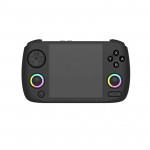Unboxing Review: Miyoo Mini Plus
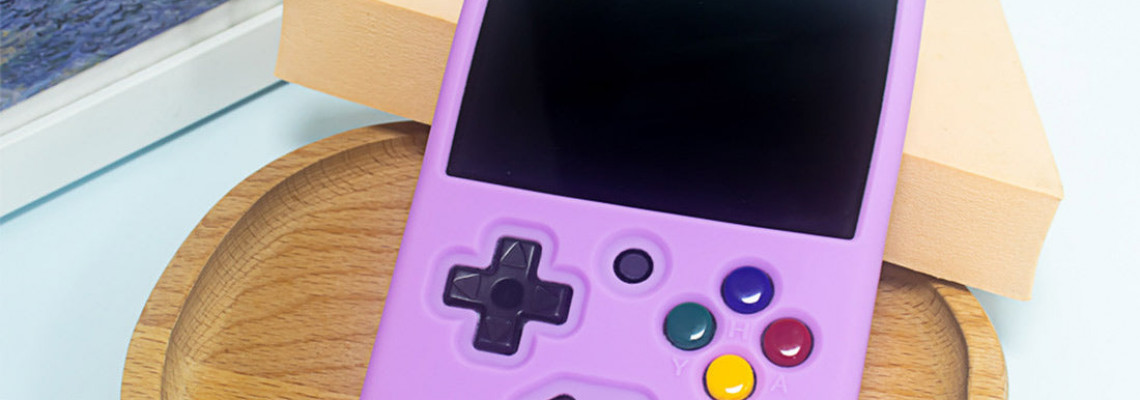
Unboxing Review: Miyoo Mini Plus
Hello everyone! Today, we're going to show you another small emulation portable. The Miyoo Mini Plus, a fantastic, new, tiny handheld, has been shipped. Although I'm obviously under no duty to give it a positive review, I've been having a great time using it. And it's a fantastic one. I'll show you the console's packing and everything else before showing you what it can accomplish. The console comes in a neat little box that slides out of it.
01 Beginning
You will receive a very brief, quick start guide. We'll examine the console itself in a moment. Let's now discuss the console itself. This is the transparent purple version, which is exciting and leans toward clear colours like purple and orange, like the colours of the Game Boy and the precise N64 controllers. The Miyoo Mini Plus comes in four different colours. These resemble the original Game Boy in clear black, white, and grey. The 32 GB SD card is the least expensive of the three available.
02 Introduction
As the name suggests, the Miyoo Mini Plus is relatively minor—not too small to be unwieldy, but still manageable. As you can see, it is significantly smaller than the original DMG Game Boy. Despite having a bigger screen, it is even more compact than a Game Boy Advance. The measurements are 10.8 cm by 7.8 cm by 2.2 cm. It only weighs 165 grams.
In contrast to the GBA's 2.9-inch screen, the Mini Plus boasts a 3.5-inch IPS screen. With a resolution of 642 by 480, the IPS screen is gorgeous. An Arm cortex A7 dual-core processor with 1.2 GHz and 128 GB of RAM powers the Mini Plus. Almost anything up to the original PlayStation can be played on it. If you wish to get a case for the Miyoo Mini Plus, it also features a rumbling feature and Wi-Fi.
03 Buttons
Depending on what you're playing, the 3,000 milliampere-hour battery will last you four to eight hours. You may get spares for these two, and the console makes it simple to change the battery. On the left side of the top volume controls is a power button. In addition to the micro SD card slot on the back, connections are on the bottom for a headphone jack and a USB charging port. There are four buttons on your shoulders. These exert little pressure.
You'll only have a problem with PlayStation games if you want highly springy triggers. You get four face buttons and a d-pad on the front, and they work perfectly with devices like the Super Nintendo or Game Boy Advance. These have just the proper amount of clickiness and depth and feel more substantial than some of the other emulation devices.
Additionally, choose buttons are being added, along with a home button in the centre that you can use to access menu settings, exit games, and more. I'm pleased with how these standard buttons feel and work. The speaker on the bottom right is perfect for a handheld like this. It sounds very fine as long as you don't turn the volume up too high. Naturally, this is a 3.5-inch IPS screen; you can see how badly I applied the screen protector here.
Booting up takes a few seconds. We have your main menu and most recent favourite games, apps, and preferences. I won't get too deeply into this SD, but let's peek at the games folder. A big part of the attractiveness of these handhelds is the abundance of arcade games and systems available here.
04 Features
You can change the level or turn off the Miyoo Mini Plus's excellent rumble feature in the settings. Mega Drive and Super Nintendo are a great combination. F-zero and other Super Nintendo games with extra chips function perfectly, and the Mega Drive looks fantastic. I've even installed a few independent Mega Drive games, such as Xeno Crisis and Demons of Asterborg. They also function incredibly well. This might be an excellent option for those who wish to purchase and play the newest independent releases by purchasing the ROMs but do not necessarily have the original consoles or an Everdrive to play them on a Game Boy. The Game Boy Advance looks fantastic. I'll be using this tablet to play a lot of Advanced Wars.
Unlike specific handheld devices and operating systems, I appreciate that the original Game Boy games maintain their original colour. Additionally, there are settings to adjust the Game Boy screen's colour. Since I don't own the console, Virtual Boy is entertaining. You may still play the games like with the 16-bit generation, even though you don't get the richness of 3D that the Virtual Boy offers. With 8-bit games like NES and PC Engine, the Miyoo Mini Plus truly shines. As previously said, the abundance of arcade games on a mobile device like this is one of its main draws. It is suitable for playing arcade games.
05 Recommendation
The Miyoo Mini Plus is among the greatest little devices without being unwieldy. When Onion OS is installed, the menu and interface function incredibly well. It's also reasonably priced. I heartily endorse this one once more.
